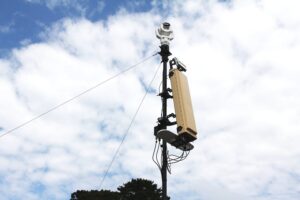
Over the past few years the number of federal data breaches involving personally identifiable information (PII) has risen significantly but agency responses for dealing with the loss of such data have been inconsistent, according to a new Government Accountability Office (GAO) report. Between fiscal years 2009 and 2012, the number of security incidents involving PII reported by federal agencies has soared 111 percent, from 10,481 to 22,156, says the report, citing the Department of Homeland Security’s U.S. Computer Emergency Readiness…

 By
By 











